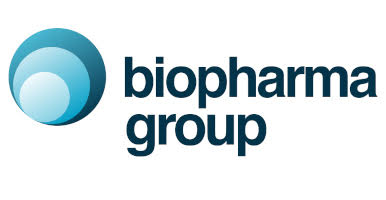Freeze drying is widely recognised as the preferred method for preserving pharmaceutical formulations when stability in the liquid state is inadequate, storage requirements are too stringent, or a solid form of the product is desired.
Although relatively new to the industry, spray drying comes with some benefits, such as capability to work with higher throughput.
The drying process
The principle of freeze drying involves the initial freezing of a product, usually in a controlled manner to manipulate the ice crystal structure, which is then placed in a vacuum . Sublimation, or primary drying, takes place at this point, to remove the unbound water.
Secondary drying follows, to sublime the bound water, taking the material down to a user defined residual moisture level. Given the target at this stage is bound rather than unbound, more energy is required to drive the process.
This is due to the process of raising shelf temperatures to +20°C, coupled with a low atmospheric pressure. The aim is to turn ice directly into water vapour, bypassing the liquid phase.
The balance between temperature and vacuum ensures a successful batch is produced post drying. To achieve this, certain products may need to undergo freeze drying conditions ranging from 12 hours to five days.
Spray drying is considered to be a simpler and faster process, involving the conversion of a liquid formulation into a dry powder in one single step. The solution is atomised into fine droplets, which are quickly dried straight after in a large chamber using warm gas. The resulting dry particles are then collected with a cyclone.
Although less expensive than freeze drying, one of the downfalls is the high processing temperatures and shear force.
Temperature
Product temperatures in freeze drying are generally below 0°C in primary drying and 20–30°C during secondary drying, whereas product temperatures in spray drying are regularly above 80°C.
The direct impact of working with these higher temperatures can be an overall loss of:
- Efficacy
- Taste
- Smell/colour
- Nutritional value i.e. nutrients in food products
- Biological yield – greater level of log reduction of cells i.e. bacterial
- Proteins degeneration
Quality and cost
Open to larger throughput potentials, spray drying can be deemed a “continuous process', unlike the batch format associated with freeze drying.
However, it is important to consider that, although spray drying usually costs less upfront, this is not always the case for more complicated formulations.
Products that require multiple coating layers will need to undergo multiple coating processes. These can be time consuming and cost prohibitive.
Moreover, accurate control of low processing temperatures minimises any risk of intrinsic products properties, such as collapse, eutectic melt, or exceeding of glass transition temperatures.
This comparison was conducted by Biopharma Group, which maintains an analytical laboratory in the UK housing both freeze and spray drying instrumentation at the R and D scale.

